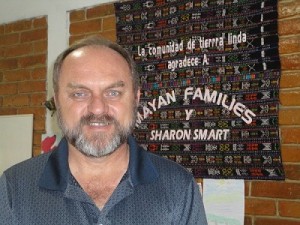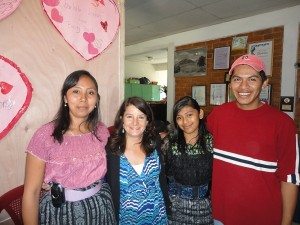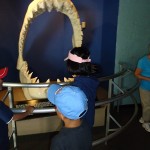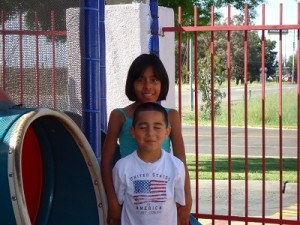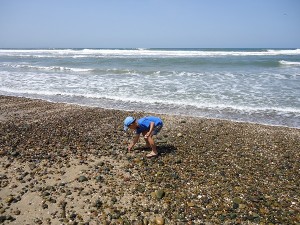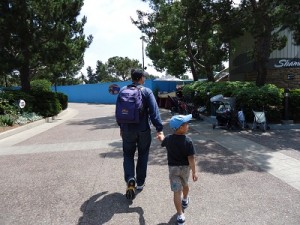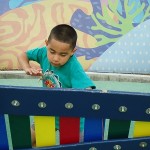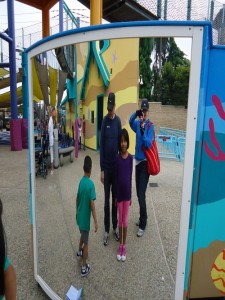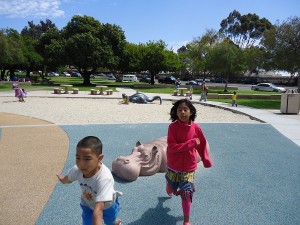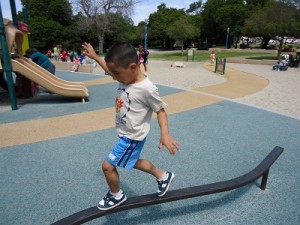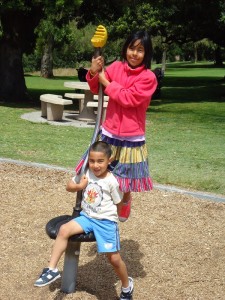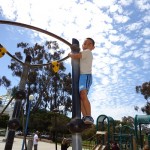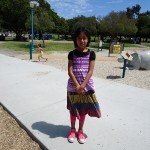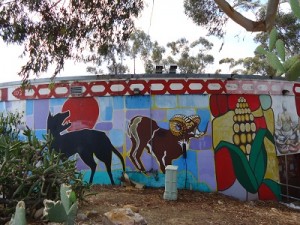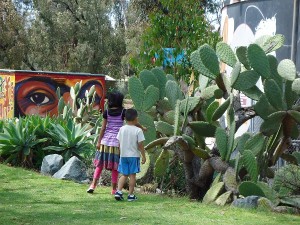With everything else going on around here–school, family, life–I almost forgot that I have a few upcoming stops on my Mamalita Book Tour. I’ll be reading at the great Northern California independent bookstore, Copperfield’s, twice. Once, on Sunday, May 22 at 2 p.m. in Petaluma, with other contributors to the West Marin Review. And again on Sunday, June 5, alone, at 1 p.m., at the Montgomery Village location in Santa Rosa.
In late June, our family will attend Colorado Heritage Camp in the Rocky Mountains, where Mamalita is this year’s Latin American Heritage Camp book club selection. The discussion is scheduled for Friday evening, June 24.
After that, I fly to Iowa to read at the legendary Prairie Lights Books on Tuesday, June 28, at 7 p.m. (Yes, that Prairie Lights Books. Yowza!) My dear friend, Gretchen B. Wright, another adoptive mom and writer, lives in Iowa and will be hosting me. You can read Gretchen’s gorgeous essay about her now-grown son, “Look at Him Now” in the May 2011 issue of Adoptive Families magazine. It’s one of the best pieces written about adoption that I’ve ever read, anywhere.
On Tuesday, July 5 at 6:30 p.m., I’ll read at the Clairemont Branch of the San Diego Public Library. The San Diego Library system has been incredibly supportive of Mamalita, and I’m very grateful.
From Thursday, August 4 to Sunday, August 7, our family will attend MOGUATE, in the Ozarks of Missouri. The camp is described as “A gathering of families blessed with children from Guatemala.” The kids are thrilled and I am, too. Mamalita will be the book club selection. What a bonus!
Finally, in August, I will return to the Squaw Valley Writers’ Workshop for the Published Alumni Series. I always say that the Squaw Workshop changed my writing life—I attended in 2006 and 2007. To be included in the Published Alumni Series is an honor beyond words. The panel discussion moderated by Andrew Tonkovich will be held in the Olympic Village on Tuesday, August 9 at 3 p.m. The readings start at 5:30 p.m.
Details below. Hope to see you soon~
Sunday, May 22, 2011 at 2 p.m.
Copperfield’s Books Petaluma
140 Kentucky Street
Petaluma, CA 94952
707-762-0563
Reading with other contributors to the West Marin Review.
Sunday, June 5, 2011 at 1 p.m.
Copperfield’s Books Montgomery Village
2316 Montgomery Drive
Santa Rosa 95404
707-578-8930
Friday, June 24, 2011
Colorado Heritage Camp
Latin American Heritage Camp book club selection
Snow Mountain Ranch, Fraser, Colorado
Tuesday, June 28, 2011 at 7 p.m.
Prairie Lights Books
15 South Dubuque Street
Iowa City, IA 52240
319-337-2681
Tuesday, July 5, 2011 at 6:30 p.m.
Clairemont Branch Library-San Diego Public Library
2920 Burgener Boulevard
San Diego, CA 92110
858-581-9935
Thursday, August 4 through Sunday, August 7, 2011
MOGUATE
In the Ozark Mountains, Missouri
Tuesday, August 9, 2011 at 3 p.m. and 5:30 p.m.
Community of Writers at Squaw Valley
Published Alumni Readings
Olympic Valley, CA 96146
530-583-5200
Reading with fellow Squaw Workshop alumni. Panel discussion moderated by Andrew Tonkovich at 3 p.m.
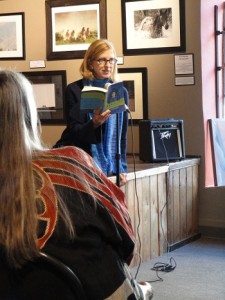



 ShareThis
ShareThis